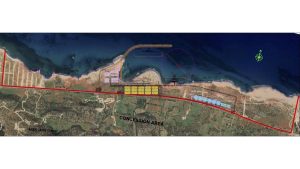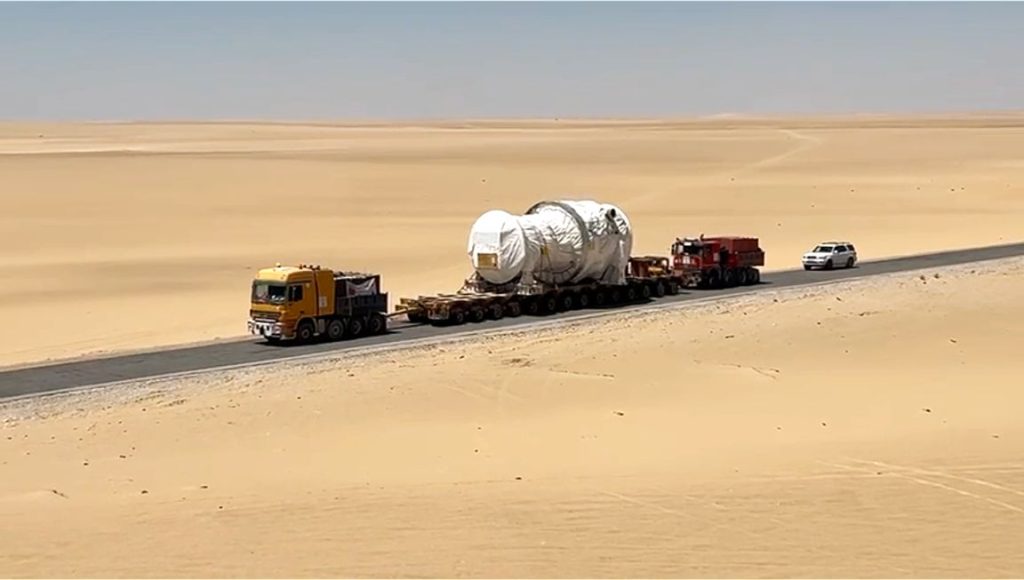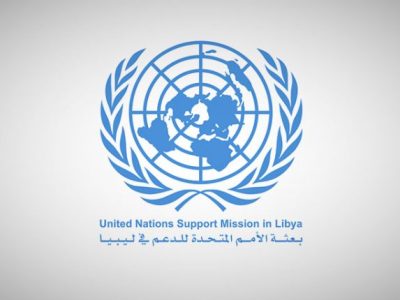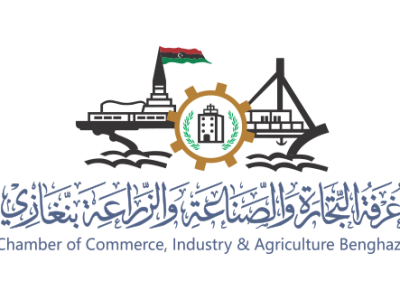The Future of Libya Transport Infrastructure: Unity, Trade, and Renewal
Libya’s transport network has always been tied to the economic and political future of the country. Roads, ports, and airports remain damaged, outdated, or incomplete after more than a decade of conflict and neglect. For businesses, this results in high costs and long delays. For citizens, it brings isolation, loss of opportunity, and unequal access to services. The rebuilding of Libya’s transport infrastructure, as in any nation, is a step toward reconnecting the country, reducing regional divides, and forming the first basis for stability.
Cracks and Gaps in the Network
Years of war and marginalization have left Libya’s transport system fragile. Roads that once linked towns across the desert now narrow to a single lane or fade into rough tracks. Long drives have become dangerous due to drifting sand, poor lighting, and unprotected crossings. A traveler from Sabha or Ghat in the south may still face a 12-hour drive to Tripoli for medical treatment or foreign flights. These conditions deepen inequalities between coastal hubs and inland towns while adding to economic inefficiency.
The government has begun to react. In 2023 four new road projects were approved, stretching into the western mountains, the eastern desert, and the far south. Their purpose is to reconnect neglected areas and improve trade between regions. A Road and Bridge Authority has also been set up to manage maintenance and safety. Still, larger plans remain unfinished. The clearest example is the East–West Coastal Highway, a 1,700-kilometer project linking Tunisia with Egypt along the Mediterranean coast. Conceived as part of the Trans-Maghreb system, it could reshape regional trade, yet its progress has been delayed time and again by instability.
Ports face many of the same challenges. Tripoli, Benghazi, and Misrata manage the bulk of Libya’s oil exports and imported goods, yet their facilities remain outdated and congested. Cranes, storage space, and harbor depths all struggle to meet current demand. As part of efforts to close these gaps, The Guidry Group has formed a long-term strategic partnership with Archirodon Construction to design and build the US$1.5 billion Susah Secure Port Project. A contract was signed earlier this year in January.

Airports, too, serve as reminders of both setback and renewal. Tripoli International, destroyed in 2014, is now being rebuilt with capacity for six million passengers annually. Benghazi’s Benina Airport has reopened, with construction on a new terminal beginning in 2024. Flights have also resumed in Sabha after years of interruption, offering long-awaited relief to the south. Yet despite these advances, Libyan airlines remain barred from European airspace on safety grounds, keeping the country’s international connections severely constrained.
Why Infrastructure Matters for the Future
Libya’s capacity to improve transport infrastructure will shape the future of the nation’s economy and unity. A farmer in Fezzan needs reliable routes to bring crops to market before they spoil. Students in remote towns need nearby airports to pursue study or work abroad. Traders and shipping agents need ports where cargo can be handled quickly and at low cost. Without these links, entire regions remain cut off, and opportunity stays concentrated in a few cities.
Authorities have tried to spread new projects across all three historical regions: Tripolitania, Cyrenaica, and Fezzan. A stronger road network in the south and east could bring marginalized areas into the national economy. Larger reform is also being discussed. The Trans-African Corridors Initiative aims to extend highways toward Niger and Sudan, with possible rail or pipelines alongside. Such projects would reconnect Libya with its southern neighbors and turn border towns into trade centers.
Improved connectivity can lower the cost of business, attract new investment, and create jobs in construction and logistics. Over time it may also ease political tensions by giving every region a share in growth. In this sense, infrastructure is both a tool of development and a foundation for national cohesion.
Partnerships and Reform
Libya is not alone in this effort. Foreign partners have returned after years of absence. Italy is financing sections of the coastal highway and the rebuilding of Tripoli Airport. Turkish companies are active in airport and power projects. China has shown interest in rail in the east, and Emirati firms are co-developing new airport terminals. Multilateral lenders, such as the African Development Bank and the World Bank, have also re-engaged, bringing funding and expertise.
But investment by itself is not enough. Regulation and governance are equally important. Years of divided administrations left transport oversight scattered and inefficient. Customs processes remain slow and vulnerable to corruption. The Ministry of Transport has begun reforms to unify rules, raise aviation standards, and streamline port operations. If such changes take hold, they could reduce delays, improve safety, and make Libya more appealing for trade and tourism.
The private sector will also play a role. Partnerships in ports, airports, and free zones provide capital and international know-how. The Misrata Free Zone has already attracted foreign logistics companies looking to use Libya’s position on the Mediterranean. More ventures of this kind could help diversify the economy beyond oil while creating jobs for young Libyans.
A Road Toward Unity
Libya’s transport system reflects the state of the nation: damaged by conflict, uneven in quality, but full of potential. Rebuilding it will not solve every political or economic challenge, but it can create the conditions for wider recovery. Modern roads, improved ports, and safe airports will make the movement of goods and people faster, extend opportunities across regions, and reduce the sense of exclusion that fuels division.
The task is heavy and fragile. Past projects have stalled, and instability could stop them again. Still, the path is clear. A more connected Libya is also a more unified and prosperous Libya. Roads, ports, and airports are the arteries of renewal for the nation.




